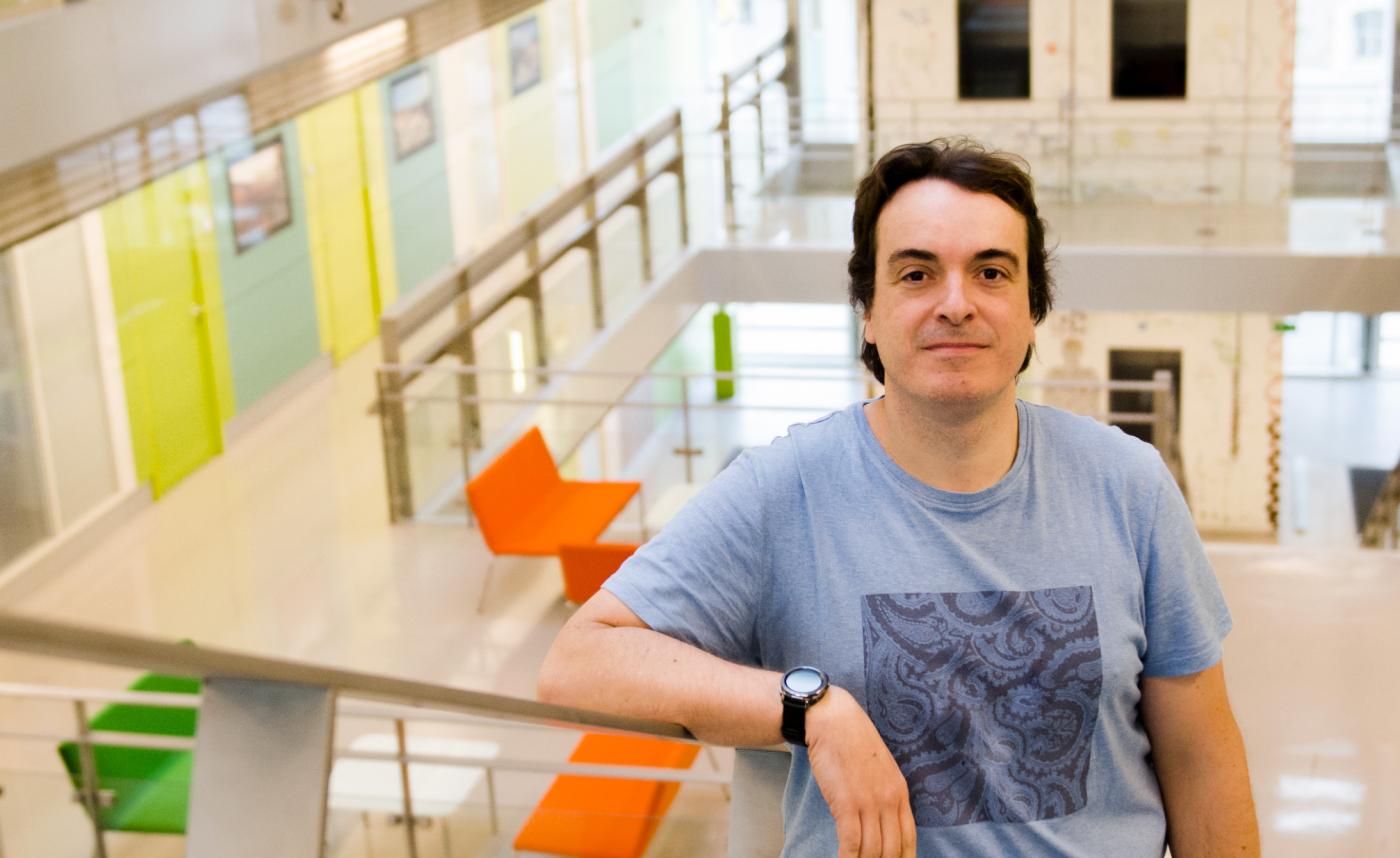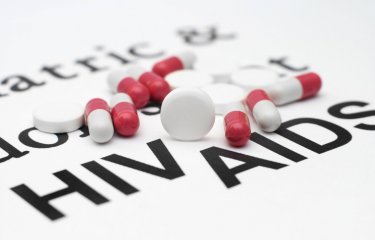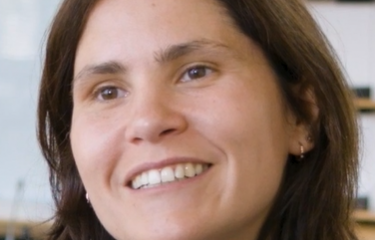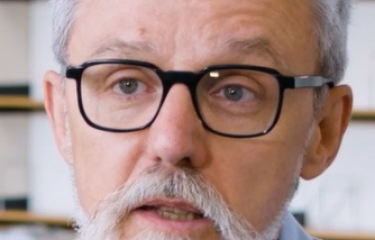It was 35 years ago that the HIV-1 virus, responsible for AIDS, was first isolated by scientists at the Institut Pasteur. While many lives have been saved by antiretroviral therapy, there is currently no treatment that fully eliminates the virus from the body, and the search for a vaccine goes on. These challenges are driving the research of a number of scientists at the Institut Pasteur, including Asier Sáez-Cirión, a group leader in the HIV, Inflammation and Persistence Unit.
The early days of a scientist
Asier can't remember a time when he wasn't interested in science. As a child, he loved reading, and it was books that introduced him to the world of microbes and viruses. When he was seven, he entered a competition to win a microscope, and to his delight, he was awarded the first prize! At that tender age, he announced that he "want[ed] to understand diseases so that he could cure people." This childhood ambition was no mere passing phase; he carried it with him throughout his school career. After graduating from high school in 1995, he went to the University of the Basque Country in Leioa, not far from his home city of Bilbao, Spain, to study biochemistry. During his first year, he had the opportunity to meet an Argentine professor. This encounter marked a turning point for Asier, because he was given the chance to carry out an internship and to be actively involved in laboratory research for the first time. Although the professor has since passed away, our scientist wants to pay tribute to him and to thank him for his invaluable encouragement. Asier went on to complete a PhD on the cell entry mechanisms used by viruses.
Finding the right theory
In 2002, for his post-doctoral studies, Asier went to work for the United States Food and Drug Administration with the aim of developing tools that would induce antibodies capable of preventing HIV from entering cells. But his doubts about the potential efficacy of these antibodies in HIV-infected subjects led him instead to explore the mechanisms exhibited by the few rare individuals that are naturally protected from the virus. This research took him to Paris in 2003, where he began a two-year contract at the Institut Pasteur, funded by the AIDS charity Sidaction. As a member of the Regulation of Retroviral Infections Unit, directed by Françoise Barré-Sinoussi, Asier worked with Gianfranco Pancino on a novel, promising scientific topic. The laboratory, in association with the institutes in the Institut Pasteur International Network, was investigating blood samples from injectable drug users who had been exposed to multiple viruses. Some of these subjects seemed strangely resistant to HIV infection. The scientists' research helped improve understanding of the immune system and particularly highlighted the resistance of some cells (CD4 T cells) normally used by the virus to multiply and spread throughout the body.
Rare cases of remission as a research model
Working in collaboration with the French Agency for Research on AIDS and Viral Hepatitis (ANRS), among other institutes, our scientist is currently investigating the cases of 25 French individuals who, after stopping antiretroviral treatment, still have an undetectable viral load. These individuals are said to be in remission from HIV infection, and the team is working to elucidate the factors responsible for this remission.
Asier, who says he is lucky to be able to get by on just a few hours' sleep each night, is actively involved in a number of projects. Since 2013, with the ANRS, he has coordinated a consortium of teams researching HIV remission. He also works with the charity Sidaction and was appointed as chairman of its Scientific and Medical Committee in 2017. "My work as a scientist inspires me every single day, and the constant scientific dialog on the Institut Pasteur campus is extremely rewarding. An "AIDS think tank" meets on a regular basis, providing the various research units working on this topic – both at the Institut Pasteur and elsewhere – with an opportunity to discuss and share our latest findings."

Key dates in Asier Sáez-Cirión's career
2014: Research Associate then Research Director and group leader in the HIV, Inflammation and Persistence Unit at the Institut Pasteur, Paris, France
2017: Chairman of the Scientific and Medical Committee at Sidaction
2013: Accreditation to supervise research, Pierre & Marie Curie University, Paris VI, Paris, France
2007-2014: Research Associate in the Regulation of Retroviral Infections Unit, Institut Pasteur, Paris, France
2003-2007: Post-doctoral studies in the Regulation of Retroviral Infections Unit, Institut Pasteur
2002-2003: Post-doctoral studies at the US Food and Drug Administration (FDA), Bethesda, MD, United States
1998-2001: PhD at the University of the Basque Country, Leioa, Spain
|
Key figures According to WHO figures, in 2017, 36.9 million people worldwide were living with HIV. 21.7 million people were receiving antiretroviral treatment. |





